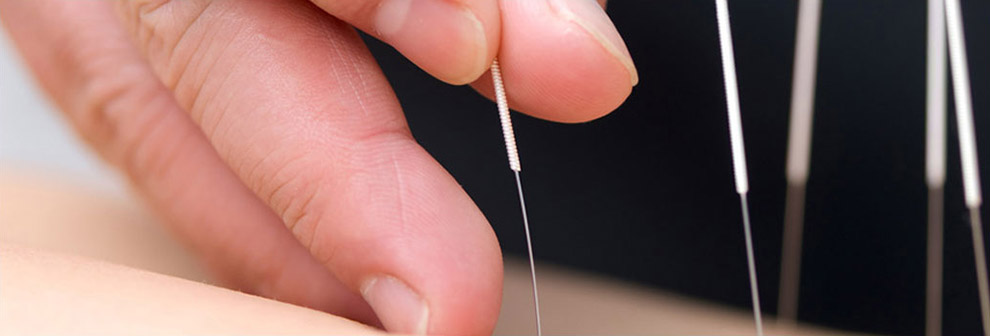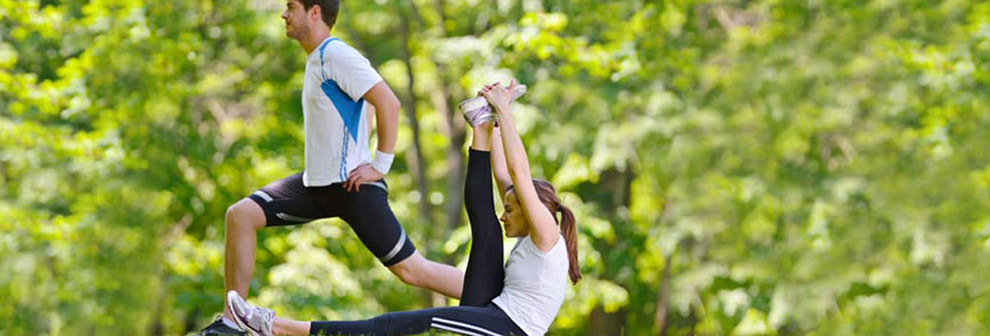Physical therapy in Elko for Baseball
Baseball enthusiasts love to watch the clock that shows how fast the pitch was delivered. But those speeds of up to 100 miles per hour can come at a cost for the pitcher. Stress, force, and load on the shoulder and elbow can cause injuries. And for the injured athlete, these forces can add stress to a healing injury that may compromise the player's return to play.
What can be done to prevent throwing injuries and/or protect the healing tissues in an injured player? That is the topic of a study done by physical therapists with college-level baseball pitchers.
The hope was to develop improved guidelines for safe pitching. Understanding the forces on a pitcher's shoulder and elbow with different types of baseball throws could be an important key in not only preventing injuries but also improving performance.
The study took place at the American Sports Medicine Institute in Birmingham, Alabama. Seventeen (17) healthy college athletes participated. No one in the study had any previous shoulder or elbow pitching injuries or problems. Information on pitching was collected using a three-dimensional (3-D) motion analysis system.
Measurements of shoulder rotation, trunk position, and elbow motion and velocity were compared for two different pitches: from the pitcher's mound and on the flat surface. Comparison of joint forces and torques for pitches from these two locations were made. Measurements were taken with the arm in a cocked position (ready to throw) and at the point of ball release.
Why are these comparisons important? Throwing the ball while on flat ground is often used to warm-up for mound pitching. But there's some concern that flat-toss throwing requires different shoulder and elbow biomechanics that may actually harm the pitcher. This study was meant to see if there is a difference in force, load, and stress from one style of pitching to the other.
Here's what they found: 1) pitchers leaned farther forward when trying to pitch to a maximum distance, 2) maximum-distance throws also required greater elbow flexion and shoulder external rotation, 3) elbow extension velocity (speed of elbow moving from flexion to extension) was greater for maximum-distance throwing, and 4) long distance throwing changed foot mechanics.
Coaches, physical therapists, and sports trainers know that the use of proper throwing mechanics is essential in training programs for baseball pitchers. This is especially true for the recovering player who is in rehabilitation for a shoulder or elbow injury. The results of this study support the continued use of flat-ground (long toss) throwing as a safe and effective rehabilitation exercise.
But caution is advised when throwing as far as possible during the early phases of rehab and recovery after injury. Throwing for distance requires the pitcher to lean forward much farther. This position increases the amount of force placed on the arm and may not be tolerated by injured tissue that is still on the mend.
Further study is needed to determine how soon and how often greater distance throws can be used in training exercises for pitchers recovering from an arm injury. Physical therapists will continue studying movement patterns during pitching. The goal is to help athletes prevent injuries, boost performance, and when injured, recovery quickly and completely.
Throwing programs are needed to help players gain greater arm strength, flexibility, and pitch speed. Additional studies are planned to compare exact throwing distances that are safe versus distances that may be harmful for recovering baseball pitchers.
Reference: Deydre S. Teyhen, PT, PhD. Baseball Pitching. Understanding the Mechanics of Throwing a Baseball May Help Protect the Shoulder and Elbow. In Journal of Orthopaedic & Sports Physical Therapy. May 2011. Vol. 41. No. 5. Pp. 304.
Pinion Rehabilitation provides services for physical therapy in Elko.







